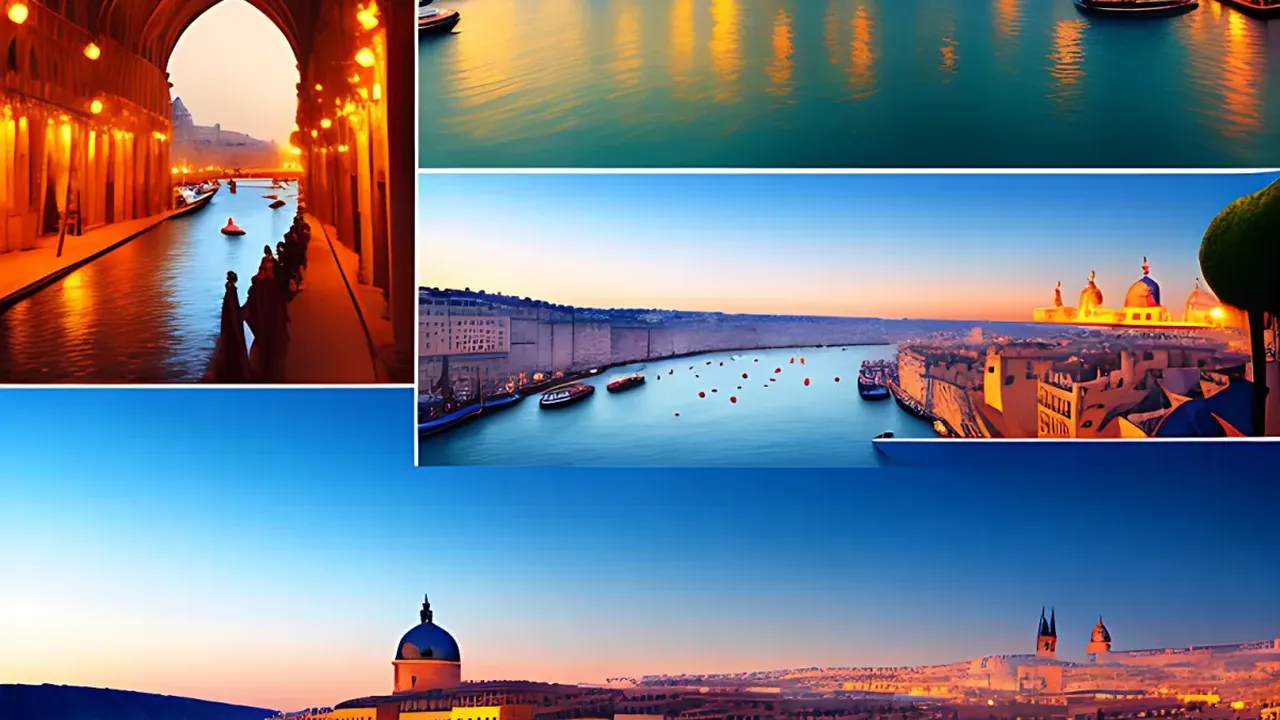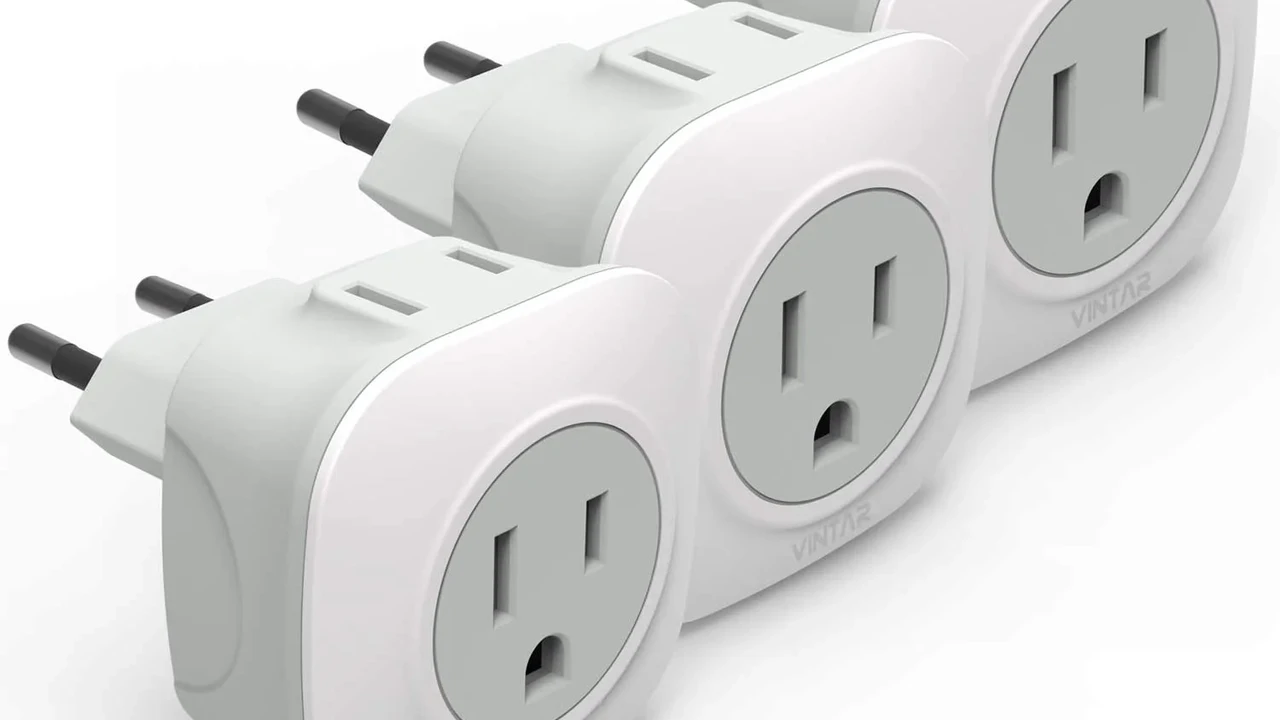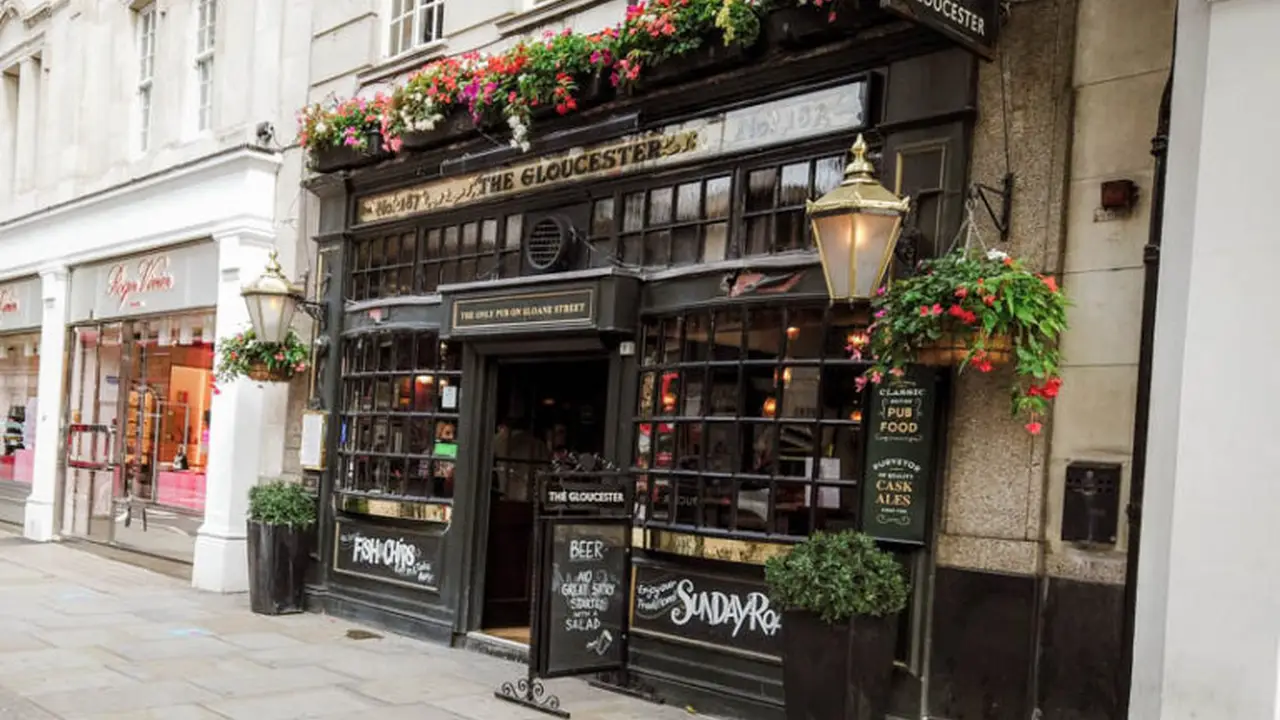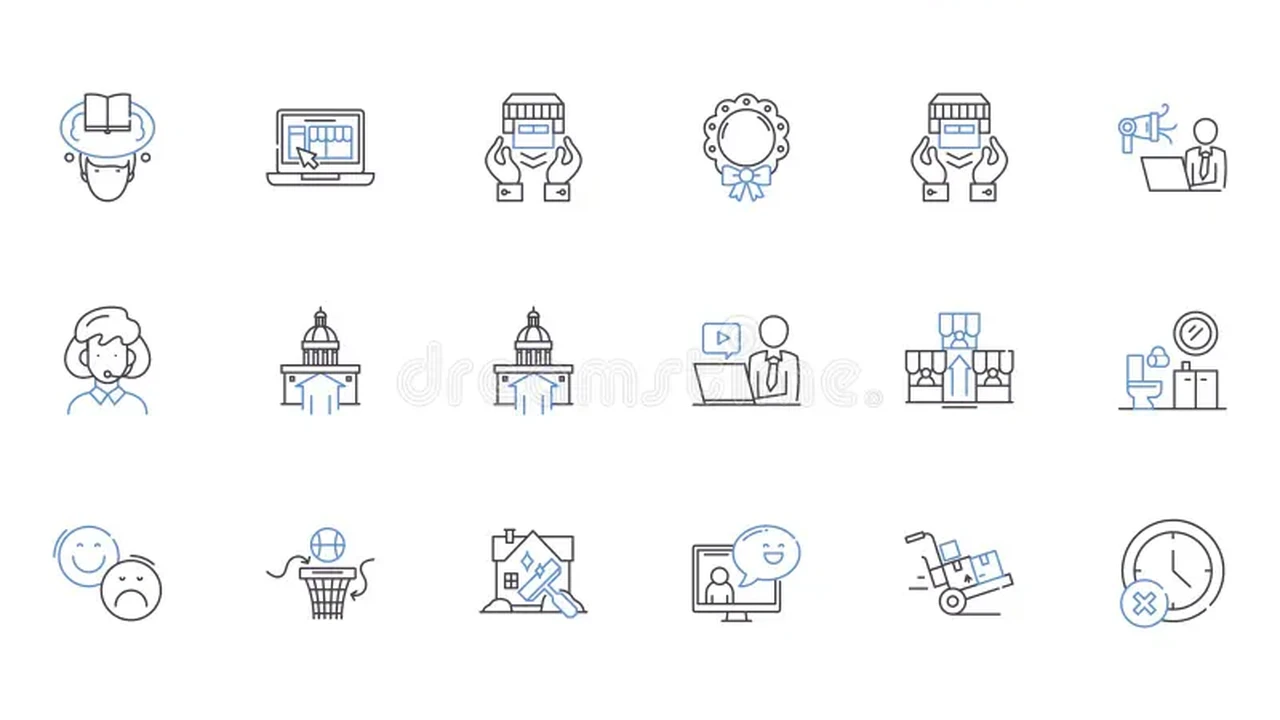Europe Travel: Finding Free Activities for US Tourists
Sample meta description.
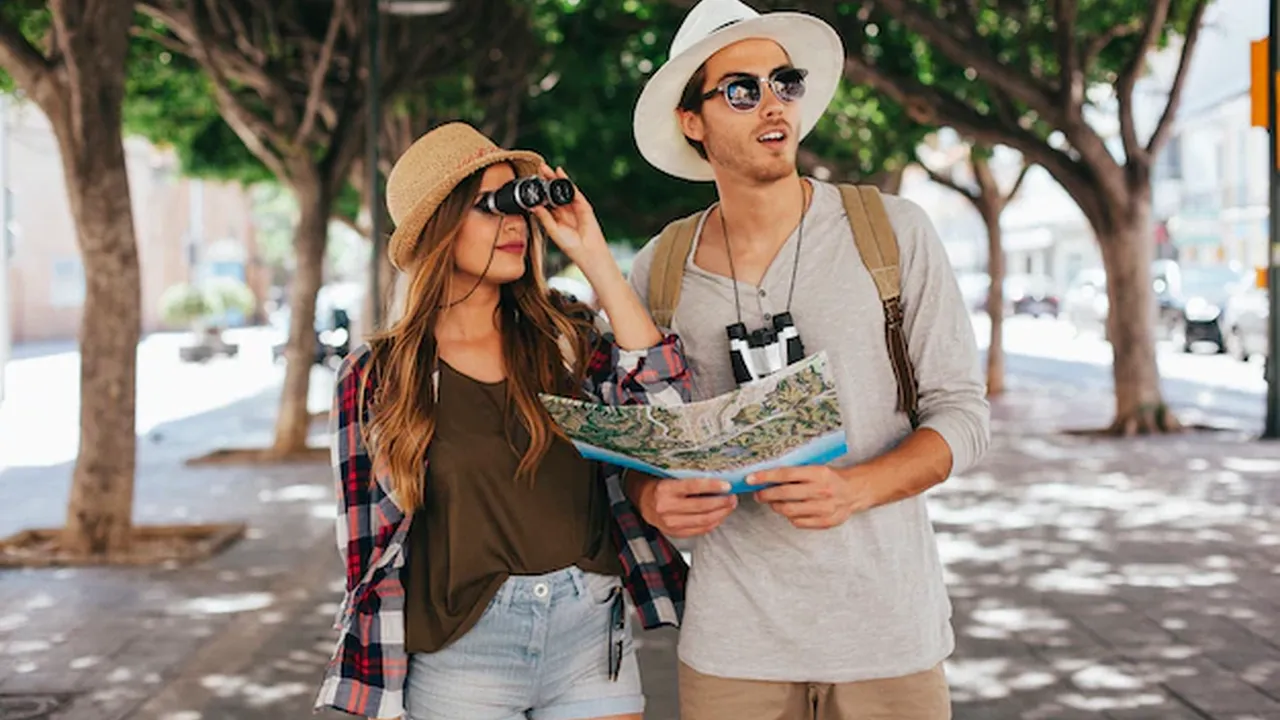
Introduction Europe on a Budget Free Things to Do
So, you're dreaming of cobblestone streets, ancient ruins, and maybe a croissant or two, but your wallet's looking a little…light? Don't despair! Europe doesn't have to break the bank. There are tons of amazing, free activities just waiting to be discovered, especially for savvy US tourists. We're talking free walking tours, stunning parks, world-class museums (on certain days!), and breathtaking views that won't cost you a single euro. Let's dive in and uncover the secrets to experiencing Europe without emptying your bank account.
Free Walking Tours Explore Cities Like a Local
One of the best ways to get acquainted with a new city is to join a free walking tour. These tours are usually led by knowledgeable locals who are passionate about their city and eager to share its history, culture, and hidden gems. You'll learn fascinating facts, discover secret spots, and get a feel for the city's layout, all while saving money. Most tours operate on a tips-based system, so if you enjoyed the tour, you can show your appreciation with a small gratuity. Popular free walking tour companies include Sandeman's New Europe and GuruWalk. Check their websites for tour availability and meeting points in cities like Paris, Rome, Berlin, and Amsterdam. Remember to wear comfortable shoes – you'll be doing a lot of walking!
Parks and Gardens Relax and Enjoy Nature's Beauty
Europe boasts some of the most beautiful parks and gardens in the world, and many of them are free to enter. From the sprawling gardens of Versailles in France (though access to the chateau itself requires a ticket) to the peaceful Tiergarten in Berlin, there's a green space to suit every taste. Pack a picnic lunch, grab a book, or simply relax and soak up the atmosphere. These parks offer a welcome escape from the hustle and bustle of city life and a chance to connect with nature. Some notable free parks include: Luxembourg Gardens (Paris), Hyde Park (London), Park Güell (Barcelona - free access to the outer areas), and the Boboli Gardens (Florence - sometimes free entrance on specific days). Check local websites for details.
Free Museum Days Art and Culture Without the Price Tag
Many museums across Europe offer free admission on certain days of the week or month. This is a fantastic opportunity to see world-renowned art and historical artifacts without spending a fortune. For example, the Louvre in Paris offers free admission on the first Saturday of each month (from October to March), and the Vatican Museums in Rome are free on the last Sunday of each month. Be prepared for crowds, as these free days are popular with both locals and tourists. Arrive early to beat the lines and make the most of your visit. Check the websites of the museums you're interested in visiting for their specific free admission policies. Don't forget smaller, local museums often offer free admission more regularly than the big names.
Free Churches and Cathedrals Architectural Marvels and Spiritual Sanctuaries
Europe's churches and cathedrals are architectural masterpieces, and many of them offer free admission. From the grandeur of Notre Dame Cathedral in Paris (currently under reconstruction, but the exterior is still impressive) to the awe-inspiring St. Peter's Basilica in Rome, these religious buildings are a testament to human creativity and devotion. Take some time to admire the stained glass windows, soaring ceilings, and intricate sculptures. Remember to dress respectfully when visiting churches and cathedrals (shoulders and knees covered). Many smaller, less famous churches are equally stunning and offer a more peaceful experience.
Free Views Panoramic Vistas Without the Cost
Who doesn't love a good view? Europe is full of stunning viewpoints that offer panoramic vistas of cities, mountains, and coastlines. Many of these viewpoints are free to access, providing a budget-friendly way to appreciate the beauty of the continent. Climb to the top of a hill, hike to a scenic overlook, or simply stroll along a waterfront promenade to enjoy breathtaking views. Some examples include: The Gianicolo Hill in Rome, offering stunning views of the city; The Sacré-Cœur Basilica in Paris (the steps leading up to it provide excellent views); And the Arthur's Seat in Edinburgh, a volcanic peak with panoramic views of the city.
Free Activities by City Specific Suggestions for Budget Travelers
Let's break down some free activities by city:
- Paris: Stroll along the Seine River, visit the Parc des Buttes-Chaumont, explore the Latin Quarter, and admire the street art in Belleville.
- Rome: Throw a coin in the Trevi Fountain, visit the Pantheon, explore the Roman Forum (from the outside), and climb the Spanish Steps.
- Berlin: Visit the Brandenburg Gate, walk along the East Side Gallery (a section of the Berlin Wall), explore the Tiergarten, and visit the Memorial to the Murdered Jews of Europe.
- Amsterdam: Wander through the Vondelpark, explore the Jordaan neighborhood, visit the Begijnhof (a peaceful courtyard), and take a free ferry across the IJ River.
- London: Visit the British Museum (free admission to the main collection), explore Hyde Park, walk across Tower Bridge, and visit the National Gallery (free admission).
Budget Travel Gear Must-Have Products for Free Activities
To make the most of your free activities, consider packing some essential budget travel gear. Here are a few recommendations:
Water Filter Bottle Stay Hydrated on the Go
Staying hydrated is crucial, especially when you're exploring a city on foot. Instead of buying bottled water, which can be expensive and contribute to plastic waste, invest in a water filter bottle. These bottles filter out impurities from tap water, making it safe and delicious to drink. The LifeStraw Go is a popular option, priced around $30. It's lightweight, durable, and filters up to 1,000 liters of water. Another great option is the Brita Filter Bottle, which is available for around $20 and offers a more familiar filter system. Compare the two based on filter lifespan and the type of water sources you expect to encounter. The LifeStraw is generally better for potentially contaminated water, while the Brita is great for improving the taste of tap water.
Portable Power Bank Keep Your Devices Charged
You'll want to capture all those amazing sights and use navigation apps to find your way around. A portable power bank is essential for keeping your phone, camera, and other devices charged throughout the day. The Anker PowerCore 10000 is a compact and reliable power bank that can charge your phone several times. It's priced around $25. For a more robust option, consider the RAVPower 20000mAh Power Bank, which offers even more charging capacity and multiple USB ports. It's priced around $40. When choosing a power bank, consider its capacity (mAh), size, weight, and the number of devices you need to charge simultaneously. A higher mAh rating means more charges, but it also means a larger and heavier power bank.
Comfortable Backpack Carry Your Essentials with Ease
A comfortable backpack is essential for carrying your water bottle, snacks, sunscreen, and other essentials while you're exploring. Look for a backpack that's lightweight, durable, and has adjustable straps. The Venture Pal Lightweight Packable Backpack is a popular option, priced around $20. It's lightweight, waterproof, and folds up into a small pouch for easy storage. Another great option is the North Face Jester Backpack, which offers more padding and support for heavier loads. It's priced around $70. Consider the size and features you need when choosing a backpack. A smaller, packable backpack is great for day trips, while a larger backpack with more compartments is better for longer trips.
Universal Travel Adapter Stay Connected No Matter Where You Go
Different countries have different electrical outlets. A universal travel adapter is essential for charging your devices while you're traveling. The BESTEK Universal Travel Adapter is a popular option, priced around $25. It features multiple USB ports and outlets, allowing you to charge multiple devices simultaneously. Another great option is the Epicka Universal Travel Adapter, which also includes surge protection. It's priced around $30. Make sure the adapter you choose is compatible with the electrical outlets in the countries you'll be visiting. Also, consider whether you need surge protection to protect your devices from power surges.
Travel Journal Document Your Adventures
Documenting your travels is a great way to remember your experiences and share them with others. A travel journal is a simple and affordable way to capture your thoughts, observations, and memories. The Moleskine Classic Notebook is a popular option, priced around $20. It's durable, portable, and has high-quality paper. Another great option is the Leather Journal Writing Notebook, which offers a more rustic and stylish look. It's priced around $30. Consider the size, paper quality, and binding when choosing a travel journal. A smaller journal is easier to carry, while a larger journal offers more space for writing and drawing.
Transportation Tips Free and Affordable Ways to Get Around
Navigating a new city can be expensive, but there are several free and affordable ways to get around:
- Walking: The best way to explore a city is on foot. Walking allows you to discover hidden gems, soak up the atmosphere, and get some exercise.
- Cycling: Many European cities have excellent cycling infrastructure. Rent a bike or use a bike-sharing program to explore the city at your own pace.
- Free Public Transportation: Some cities offer free public transportation on certain days or for certain groups of people. Check the local transportation authority's website for details.
- Affordable Public Transportation: Public transportation in Europe is generally efficient and affordable. Buy a day pass or a multi-day pass to save money.
- Hitchhiking (Use Caution): While less common than in the past, hitchhiking is still a viable option in some parts of Europe. However, it's important to be aware of the risks and take precautions.
Accommodation Tips Finding Free or Low-Cost Places to Stay
Accommodation can be one of the biggest expenses when traveling. Here are some tips for finding free or low-cost places to stay:
- Couchsurfing: Couchsurfing is a website that connects travelers with locals who are willing to offer free accommodation.
- House Sitting: House sitting involves taking care of someone's home while they're away. This can be a great way to get free accommodation in exchange for your services.
- Camping: Camping is a budget-friendly option, especially if you're traveling in the summer. Many campsites offer basic facilities at affordable prices.
- Hostels: Hostels are a popular option for budget travelers. They offer dormitory-style accommodation at low prices.
- Airbnb (Budget Options): While not free, Airbnb can offer more affordable options than hotels, especially if you're traveling with a group. Look for rooms in shared apartments or entire apartments outside of the city center.
Food and Drink Tips Eating Well on a Budget
Eating out can be expensive, but there are several ways to save money on food and drink:
- Cook Your Own Meals: If you're staying in accommodation with a kitchen, cook your own meals. This is a great way to save money and eat healthier.
- Picnics: Pack a picnic lunch and enjoy it in a park or garden. This is a great way to save money and enjoy the outdoors.
- Street Food: Street food is often cheaper and more authentic than restaurant food. Look for local specialties and try something new.
- Happy Hour: Many bars and restaurants offer happy hour specials. Take advantage of these deals to save money on drinks.
- Free Tap Water: In some European countries, tap water is free and safe to drink. Ask for tap water instead of bottled water to save money.
Safety Tips Staying Safe While Traveling on a Budget
It's important to stay safe while traveling, especially when you're on a budget. Here are some safety tips:
- Be Aware of Your Surroundings: Pay attention to your surroundings and be aware of potential dangers.
- Keep Your Valuables Safe: Keep your valuables in a safe place, such as a money belt or a hotel safe.
- Don't Walk Alone at Night: Avoid walking alone at night, especially in unfamiliar areas.
- Be Careful with Your Drinks: Don't accept drinks from strangers and never leave your drink unattended.
- Learn Some Basic Phrases: Learn some basic phrases in the local language. This can be helpful in case of an emergency.
Embrace the Unexpected Enjoy the Journey
Traveling on a budget can be challenging, but it's also incredibly rewarding. Embrace the unexpected, be open to new experiences, and enjoy the journey. You might be surprised at what you discover!
:max_bytes(150000):strip_icc()/277019-baked-pork-chops-with-cream-of-mushroom-soup-DDMFS-beauty-4x3-BG-7505-5762b731cf30447d9cbbbbbf387beafa.jpg)



